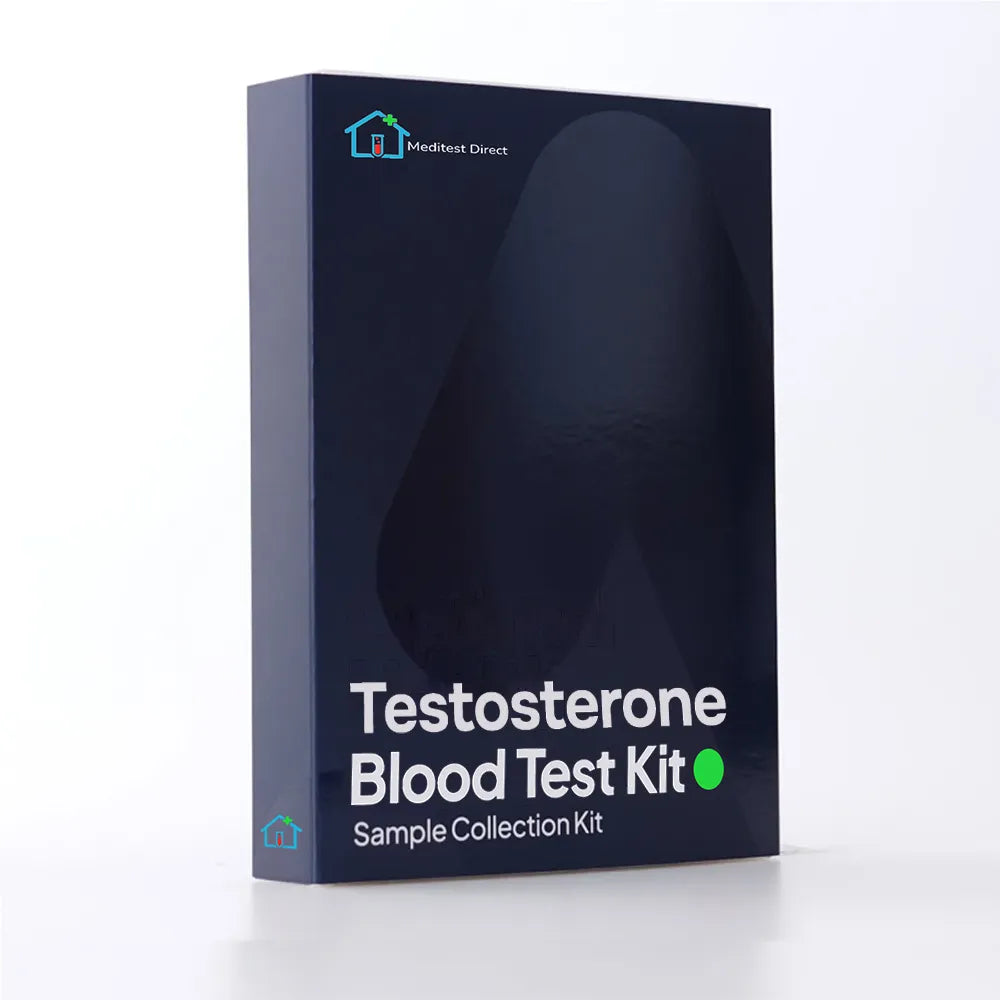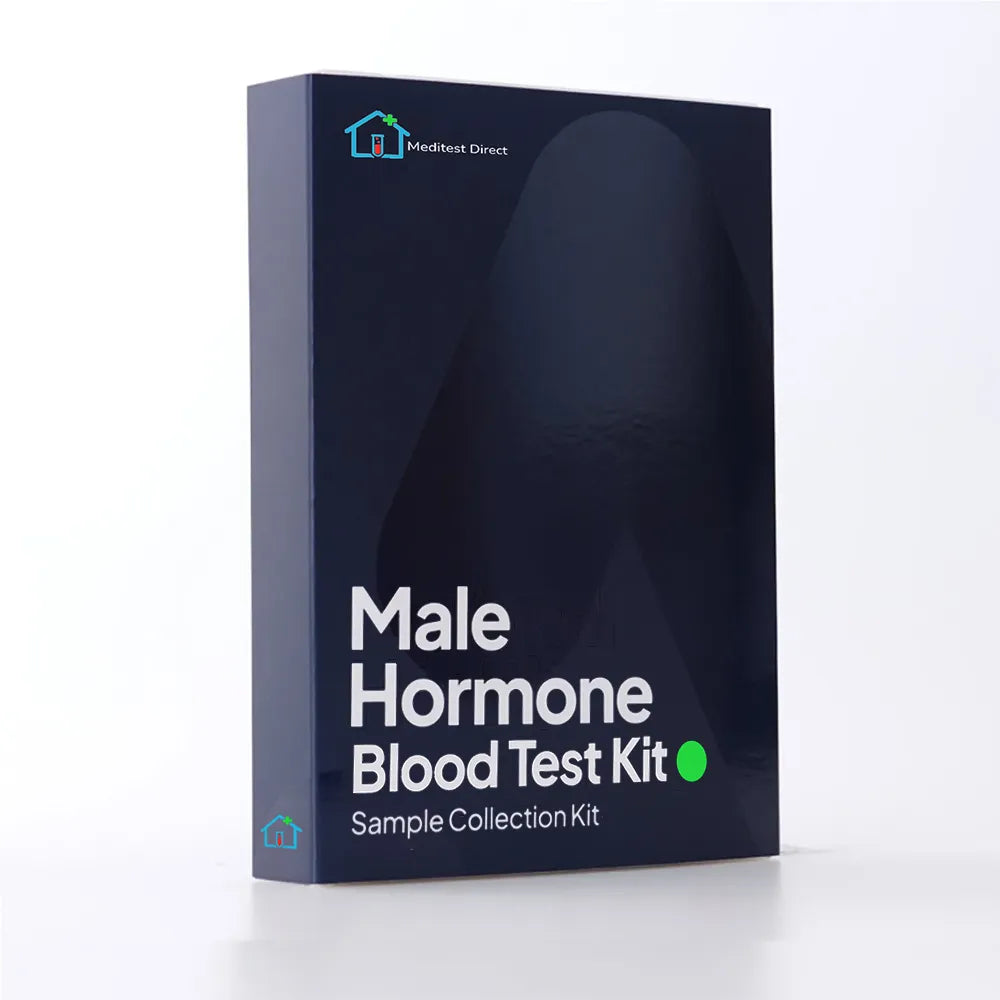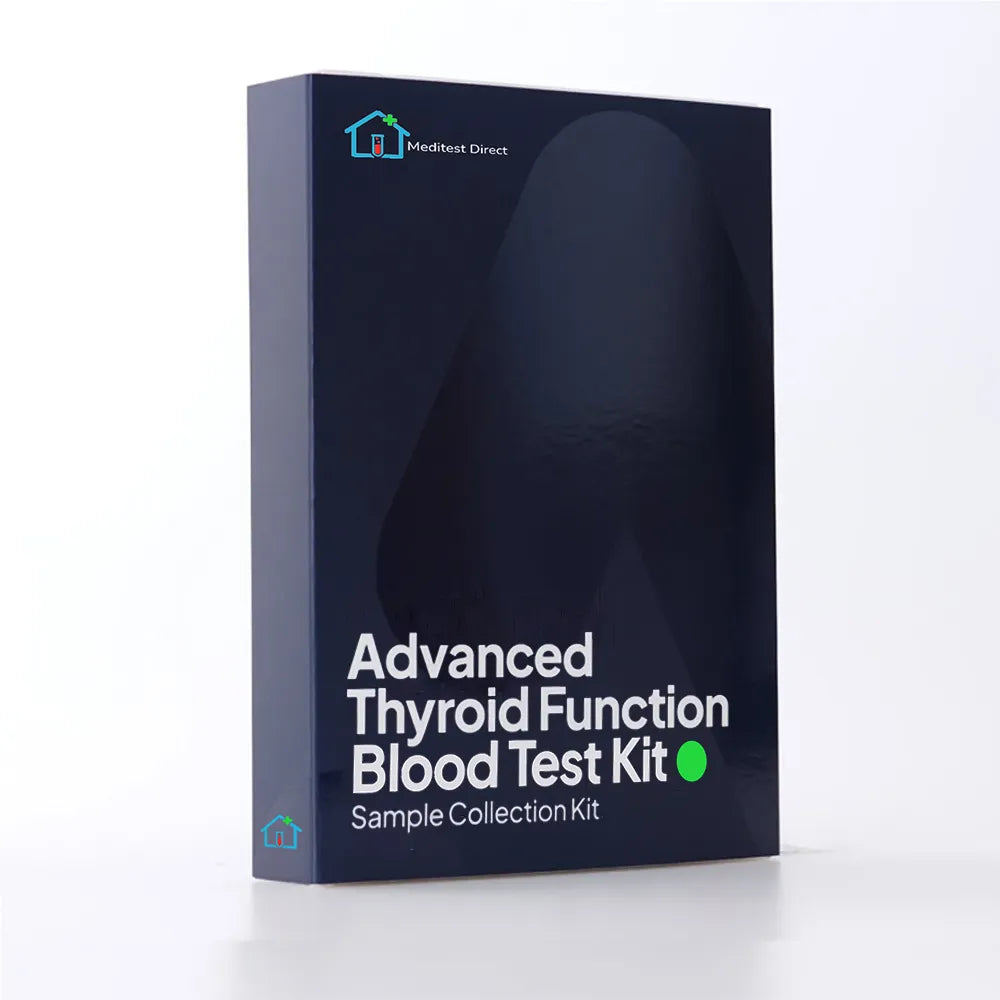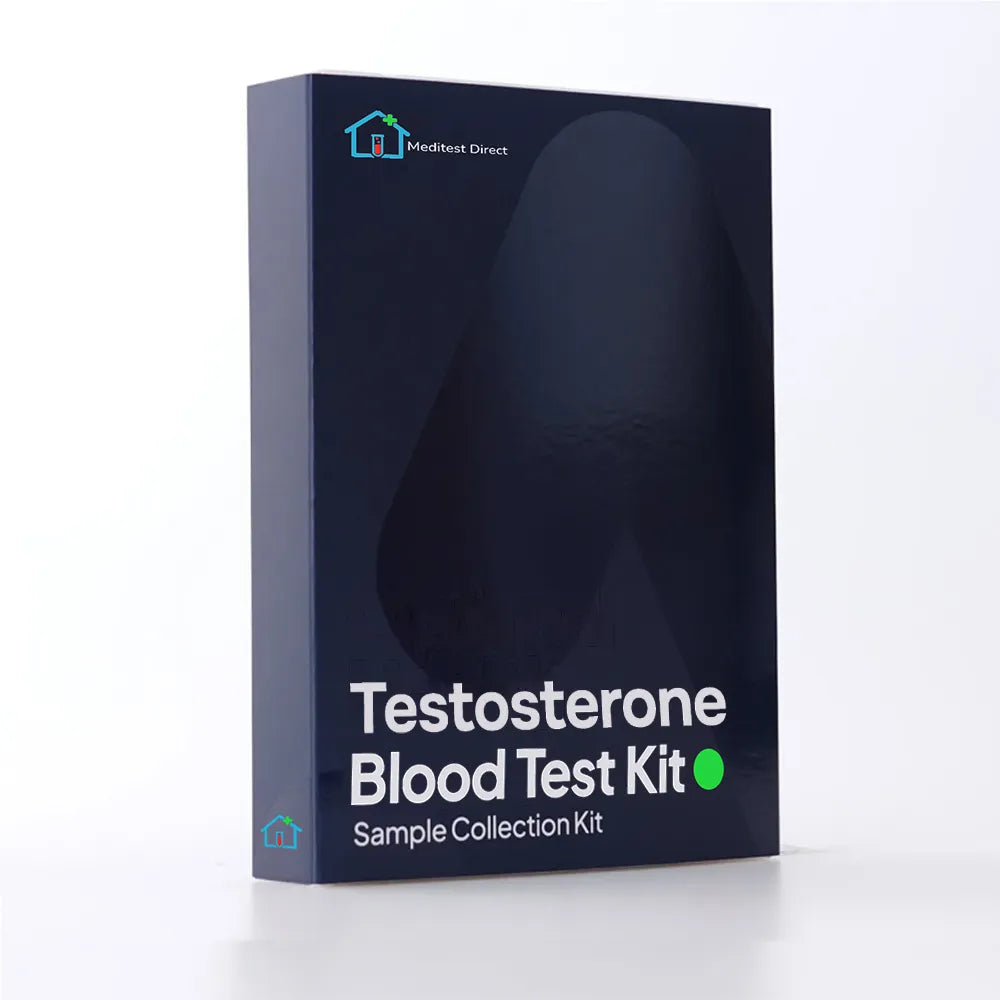Testosterone is a hormone that causes male characteristics. For men, it helps to regulate sex drive and has a role in controlling bone mass, fat distribution, muscle mass, strength and the production of red blood cells and sperm. Testosterone is produced in the testicles of men and, in much smaller amounts, in the ovaries of women. Testosterone levels in men naturally decline after the age of 30, although lower than normal levels can occur at any age and can cause low libido, erectile dysfunction, difficulty in gaining and maintaining muscle mass and lack of energy. Although women have much lower amounts of testosterone than men, it is important for much the same reasons, playing a role in libido, the distribution of muscle and fat and the formation of red blood cells. All laboratories will slightly differ in the reference ranges they apply because they are based on the population they are testing. The normal range is set so that 95% of men will fall into it. For greater consistency, we use the guidance from the British Society for Sexual Medicine (BSSM) which advises that low testosterone can be diagnosed when testosterone is consistently below the reference range, and that levels below 12 nmol/L could also be considered low, especially in men who also report symptoms of low testosterone or who have low levels of free testosterone.










